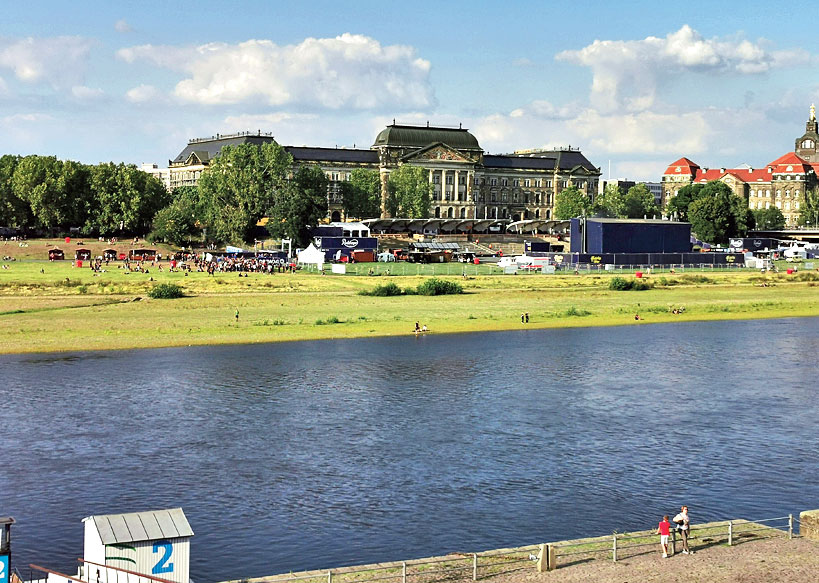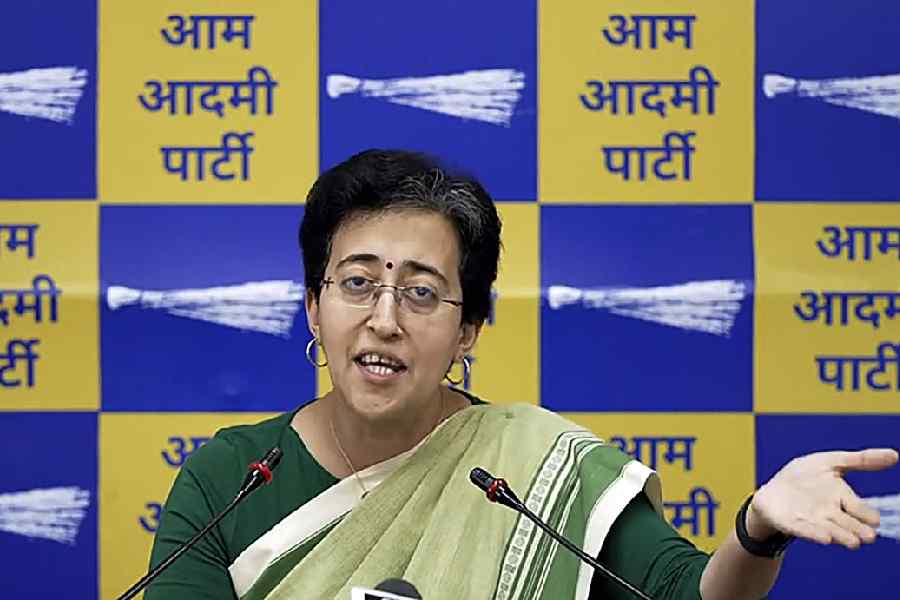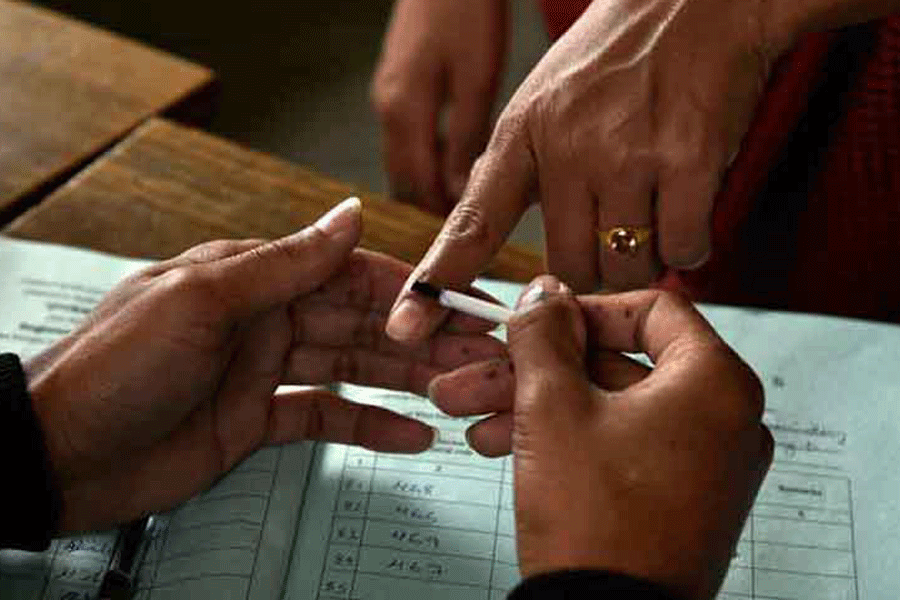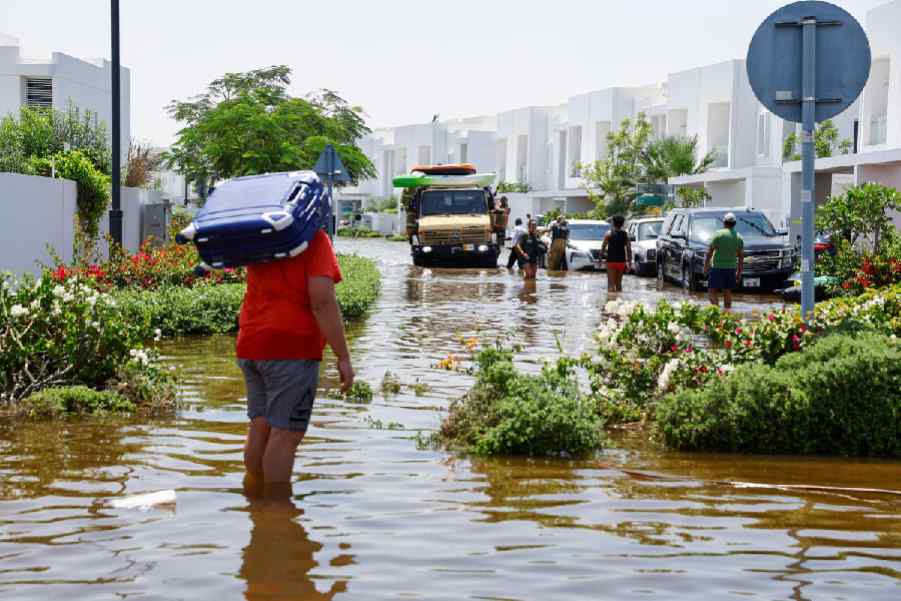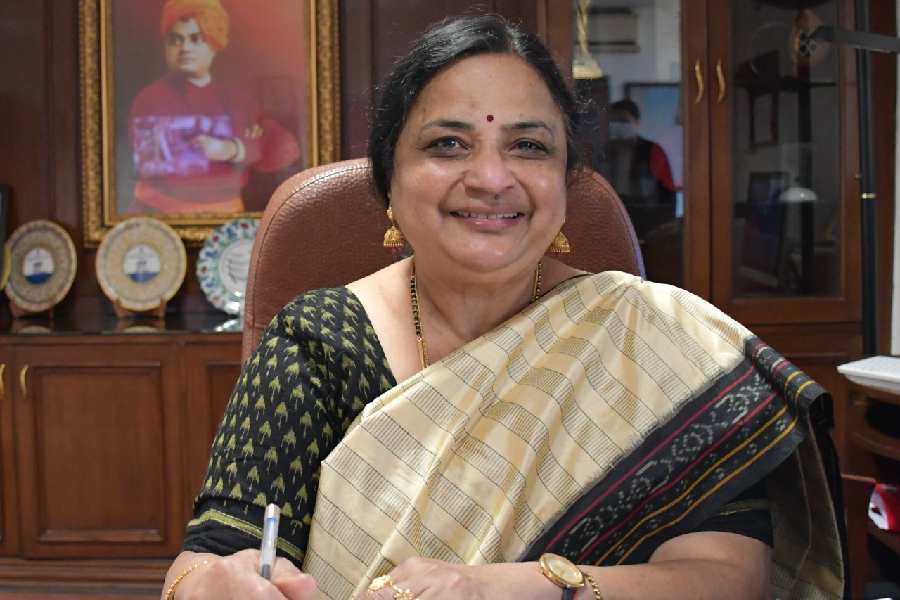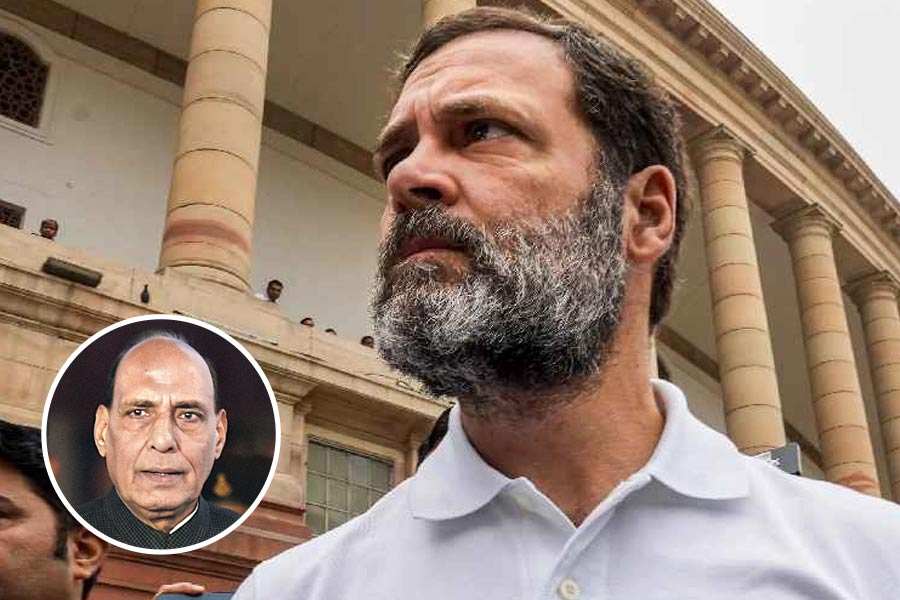If you have a notion that the official relationship between India and France is centred around mutual admiration for each others’ cultures, or perhaps the shared idea of democracy and freedom, mull over this image: the story goes that a few years ago, the French ambassador in Delhi had apparently set up a shrine in his office — a huge photograph of a Rafale Fighter with small models of the plane in front of image, with burning incense sticks completing the puja paraphernalia. Whatever the history of the relationship between two of the world’s most influential cultures, for the French government it all boiled down to this — the hugely profitable sale of lethal, complex, obscenely expensive flying metal tubes to a poor country whose government values new military toys way above the need to provide basic healthcare to its citizens. The elected French official who saw this mini-altar to war and avarice on a trip to India shudders while describing the thing. “Of course they want to sell arms to everyone, but I could not believe how blatant this was.”
It’s little surprise, then, that Emmanuel Macron seems to have gone along with Narendra Modi on Kashmir at the summit in Biarritz; what’s a little neighbourhood dispute when weighed against keeping a valued customer happy? When he gets around to calling Islamabad presumably Macron will verbally pat Imran Khan on the shoulder and tell him to play nicely with the Uncle next door.
The news about the clampdown on Kashmir and Modishah’s surgical strike on our Constitution comes to me on a lovely summer’s day in the French countryside. The sky is an unreal, cloudless blue, the green explodes from the trees, straw bales sit shining at the sides of combed fields, all sorts of insects buzz, making merry in the warm weather. Far away to the east, just beyond a line of low blue hills, something white and triangular solidifies the horizon haze. Looking through a telescope confirms that this is Mont Blanc, the highest of the Alpine peaks, looking back at us from 350 kilometres away. The turmoil near Eurasia’s other range of high mountains unfolding on the internet seems like a dread, dark fiction from some other imaginary planet.
This region, the Auvergne, has some of the best food in a country renowned for its food. The cheeses, the fruits, sorbets and jams (which one local farm supplied for a previous G8 summit) and the meats are wonderful, both in variety and quality. The dots moving around the fields are cows that provide among the best beef you can buy, Charolais, Limousin, Salers, while the pork and lamb too are superb. However, an impromptu dinner at some friends’ of my host is interesting in that there is no non-veg element at all in what we are served: melons, two salads, one of local tomatoes, one of green leaves and cucumbers, followed by a ratatouille and then a procession of cheeses and fruit. When I ask my friend about this, she explains that most people at the dinner weren’t vegetarian but often you now find people of a certain class frequently eating vegetarian out of choice, out of awareness of the health benefits and the environmental cost of large-scale meat production. There is also a conscious attempt towards respecting local seasonal produce instead of industrial and GM foods.
At the dinner two of us who don’t speak French are dunked in that typical Gallic ritual — the long, vehement, multi-cornered post-dinner political argument between friends who are all basically on the same side ideologically. Every now and then some bits of conversation are translated, along with generous offerings of more cheese and wine. The real fun lies in watching people having a go at each other in a more or less opaque language, tempers and voices rising as the long summer evening melds into night. Whatever the disgreements, there seems to be total consensus that the mainstream Left and the Socialist Party are morally bankrupt, that Macron is a heartless, marketist ‘technocrat’ who believes in top-down, quick-fix ‘solutions’ that tick boxes but don’t actually solve anything for the majority of people and that Marine Le Pen and her Front National are odious beyond description but on the rise because of the haemorrhaging failures of the Left, the centre and the Right.
When I reach Paris it is muggy and stifling. The weather in Europe seems to be replicating the uncomfortably hot temperature of the slowly heating pot of water in which the collective frog of the Indian people now find themselves. As is usual in August, the city is empty of local residents, with certain areas crowded with tourists. The Notre-Dame is under varied scaffolding, the repair work already under way, with Macron apparently determined to see the restoration completed before the Olympics come to the city in five years’ time. Near the Louvre a chorus of screaming sirens becomes audible and then louder until it smashes past one’s ears. The convoy of CRS vans, belonging to the infamous heavy arm of the French National Police, disappears towards the Champs Élysées. In the next few days there are no reports on the internet about riots by the yellow jackets or anyone else, so clearly the heavies manage to douse whatever political fire had ignited in the summer heat. If you’re Indian, you can’t help but connect the heavily armed and notoriously heavy-handed CRS to our own paramilitary patrolling the locked down streets of Srinagar. Will they be able to put out the conflagrations when they start? Or, as many people suspect, is it their job to actually ignite the fires?
Getting on to a German airline at Charles de Gaulle airport you immediately come up against the shift in language. As the flight attendant makes the take off announcements, the riverine sliding of French is wiped from your mind, to be replaced by a much more sharply cut, cheerful German. Landing in Dresden, I check my phone to see one WhatsApp group laughing about Imran Khan telling world leaders that Japan and Germany were once at each other’s throats but now they have built industries right on their shared border to preclude any chance of a future conflict. He adds that he sees no reason why Pakistan and India shouldn’t one day follow this wonderful example. His Imm-the-Dim-ness means France and Germany, of course, and his hope is shared by many people in the sub-continent. The problem is that as long as Pakistan and India have anything like the leaders we currently do that hope has the chance of an ice cube in a fully heated tandoor.
Walking around the city of Dresden you can still see many traces of the last of the great conflicts between Germany and its neighbours. In the centre of town the statues on top of buildings and large sections of walls are gashed with matte black, the stone and brick looking as though it’s just been through a dreadful incineration. The firestorm was actually caused from a three-day bombing carried out by British and American bombers in February 1945 — 72 years ago. Since then a lot of water has passed in the Elbe that flows through the town but the ghosts from that time don’t seem so far away.
Dresden is seen as a centre for the rising far Right with one out of every five citizens voting for the AfD or Alternative für Deutschland party. Even as the city’s civic bodies campaign to change the perception of Dresden as a neo-Nazi town, the walls and lamp posts tell a different story. In certain places the graffiti seems to bear a clear residue of clashes between the neo-Nazis and the Antifa, the militant, often violent anti-fascist groups. The election posters on the lamp posts are stark in their differences, with the AfD proclaiming patriotism and safety for ‘our’ children, while the Die Linke (the Left) posters reach back to the revolution carried out by the French neighbours on the other side of the country — Liberté! Égalité! FCK AFD! At a bus stop for coaches coming from Poland and the Czech Republic, a sticker employs more civil language but is equally stark — rassismus ist keine alternative — racism is no kind of alternative. Indeed, racism and communal hatred are no alternatives and can lead to no progress, but it seems we humans have to keep relearning this lesson every three generations or so.

